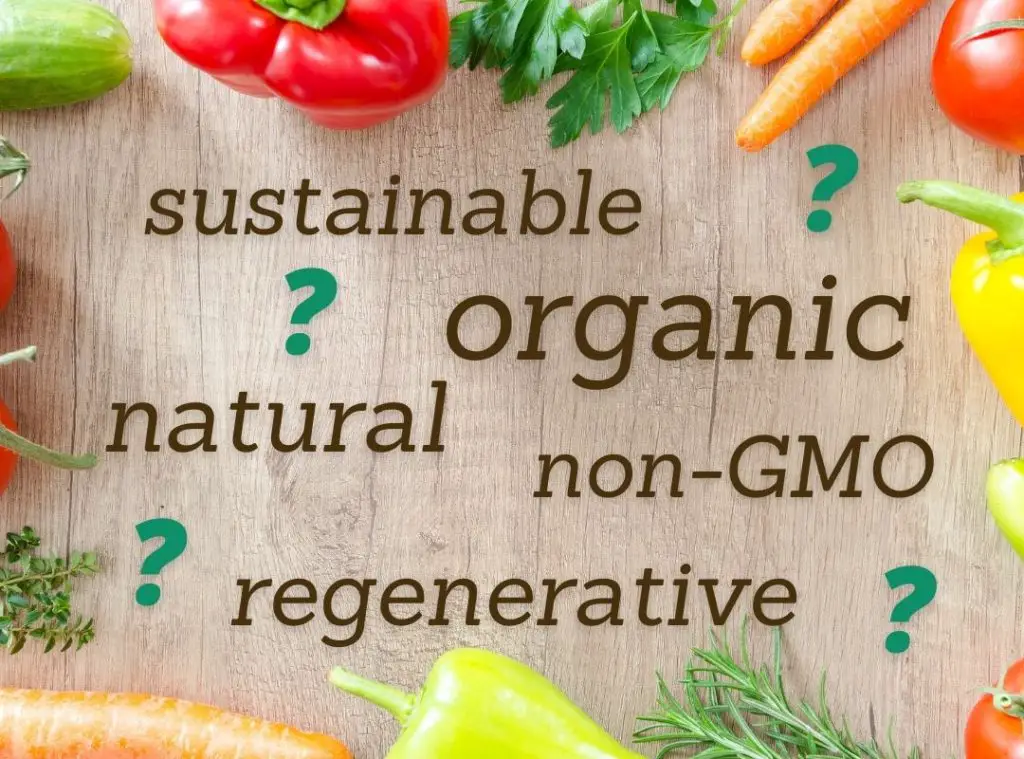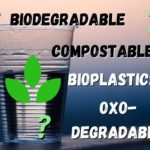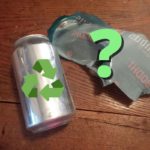Organic, Sustainable, Regenerative – Defining Labels

Organic, Sustainable, Regenerative – Defining Labels

There are a lot of terms that are getting tossed around these days related to how we grow and consume food. There has been a particularly big focus lately on the sustainability of our agricultural practices and the impact of soil degradation on climate change. Many of these terms overlap in their meanings, but let’s define the similarities and differences in terms like organic, sustainable, and regenerative.
Please note: I have heard from some people who work in food manufacturing that there are a lot of loopholes in certifying food products, so even when a product is certified by an independent organization, that still may not guarantee that it’s everything it claims to be.
What does “organic” mean?
The word “organic” literally just means an item, substance or material that is derived from a living organism (like plants or animals). But if something is “USDA Certified Organic” in the United States, then that means that this item (usually food, clothing or another agricultural product) has met a set of federal standards overseen by the USDA’s National Organic Program.
The main requirements for obtaining the USDA organic certification includes that the product cannot be grown or processed using most synthetic chemicals (pesticides, fertilizers and weed killers), no genetically modified crops or seeds, and the overall operations should not be harmful to soil and water quality, wildlife and surrounding natural areas.
What does “sustainable” mean?
The term “sustainable” is not regulated in any way, therefore this term can mean almost anything or nothing. A food product can say they are grown with sustainable practices, but that can mean pretty much whatever they want it to mean.
There are some organizations who are trying to create standards for labeling a product as “Sustainably Grown.” SCS Global Services has created a Sustainably Grown Certification. For a product to qualify for this certification and bear the “Sustainably Grown” label, the producers must meet standards such as taking measures for soil and water protection, energy efficiency, health and safety, fair labor practices and more. The Food Alliance also runs a certification program with similar types of standards.
What does “regenerative” mean?

The idea of regenerative farming simply means practices that enhance, rebuild and maintain the soil, water and overall environment rather than depleting it. This should also include sequestering carbon rather than releasing it into the atmosphere. However, it is another one of those words that can be used by producers and defined to mean whatever they want it to mean.
But again, there are some organizations trying to create a certification for regenerative agricultural practices that would actually mean something. Look for certifications from organizations like A Greener World or the Rodale Institute.
Other Food Labels
There are a bunch of other labels you might see on your food products, but they are not well regulated, so take them all with a grain of salt. Unscrupulous vendors can slap these labels on their food with few consequences.
- Natural – According to the FDA, anything labeled “natural” should not contain any artificial colors or flavors. That’s it. It doesn’t mean much.
- Non-GMO – This label just means that the item has not been genetically modified. It was probably still grown with pesticides and fertilizers. Some brands will add this label to foods that have never been genetically modified to begin with, simply to make you think their cashews (as an example, because cashews don’t get genetically modified anyway) are healthier than the other brands.
- Cage-free eggs – This means that the chickens are not in individual cages. But it doesn’t necessarily mean that they are free to roam about outside either.
- Free-range – This means the animals are supposed to have access to go outside, but there are no specifications on how accessible those conditions really need to be.
- Pasture-raised – These should be products from animals that are free to walk around and feed themselves outside.
- Fair trade – Foods and other products certified as fair trade usually have been purchased from owners of small farms in poor countries, and the farmers are guaranteed a fair, minimum price.
As I mentioned, none of these terms mean much if they aren’t certified by an outside organization that checks up on the growers to verify that they are actually meeting some standard.

One organization that does offer a variety of certifications for everything from animal welfare to grassfed to non-GMO is A Greener World. You can look for their hexagonal logo and for instance if you see the “Animal Welfare Approved” certification, that denotes a sustainable animal product raised in outdoor, free-range conditions.
Another certification to look for is the “American Grassfed” logo, certified by the American Grassfed Association to ensure that your meat or dairy comes from animals raised on American farms, pasture-raised on a grass diet, with no antibiotics or hormones.
The Bottom Line
Be aware that even certifications by a supposedly independent body can still be somewhat loose or have loopholes, so again, take all these labels and certifications with a grain of salt. If you can buy local and actually get to know some of your growers and talk to them about their practices, that is the most ideal situation (although not always practical).
Don’t get too hung up on labels. Buy local when you can. Look for USDA organic when it is available (because although that designation is not perfect, it’s the label with the most specific rules), eat less meat, work on wasting less food and compost your scraps and leftovers.
Related: How to Waste Less Food




